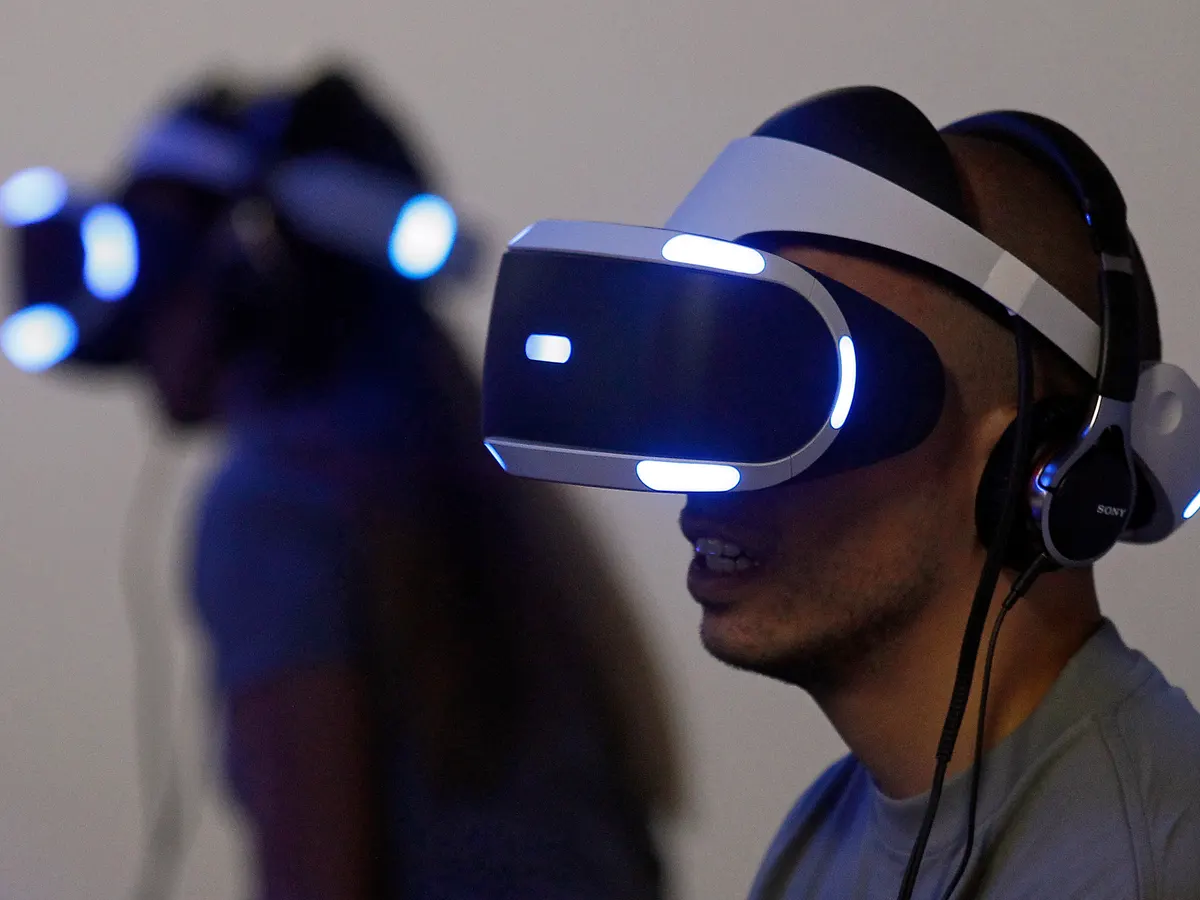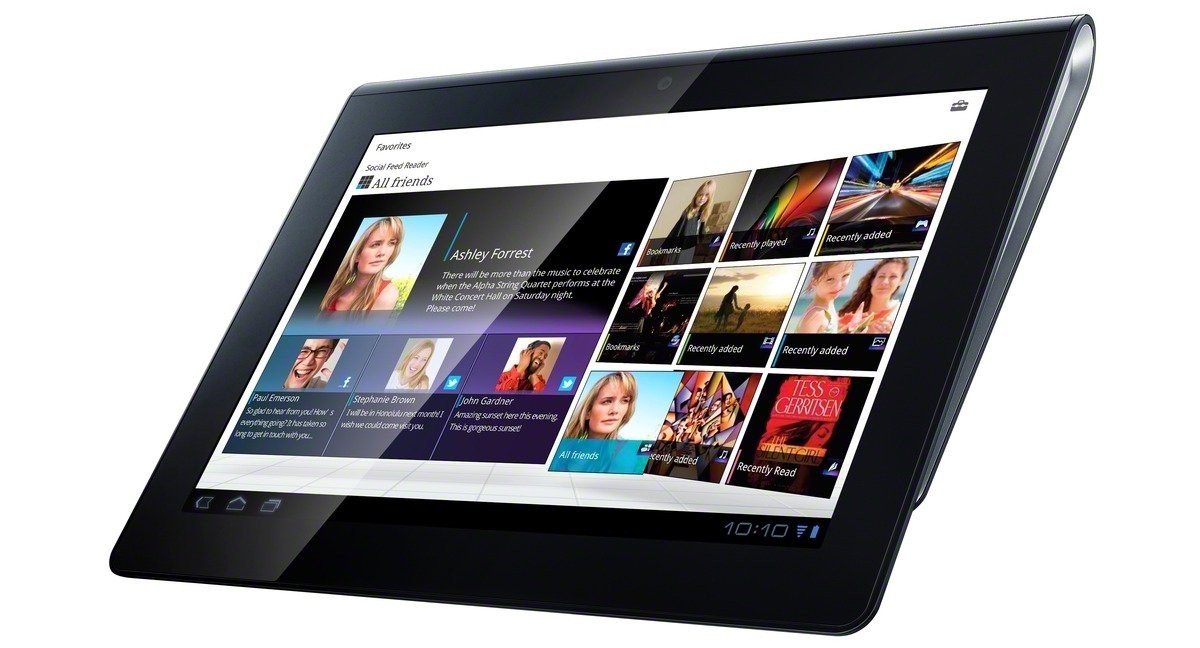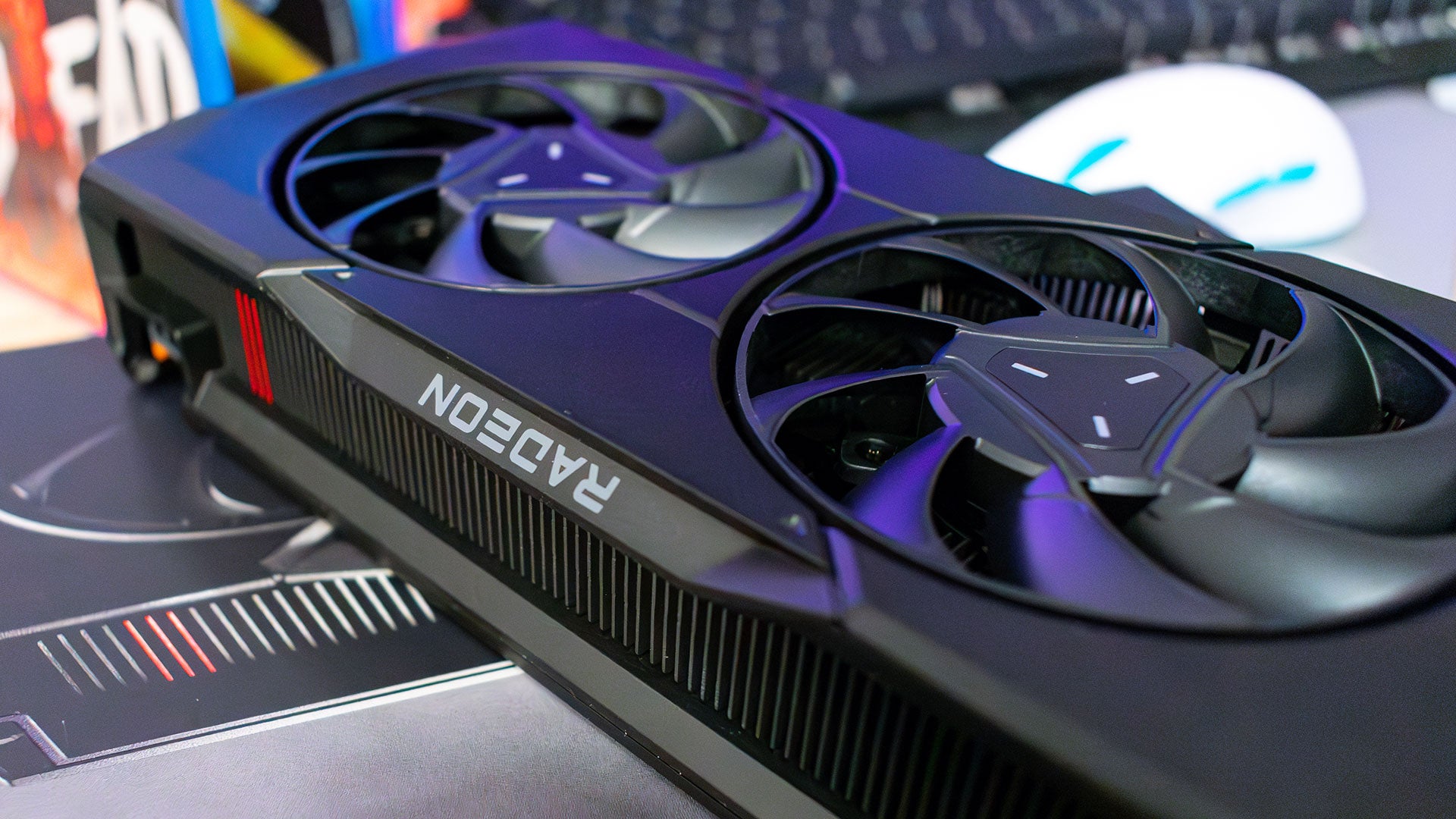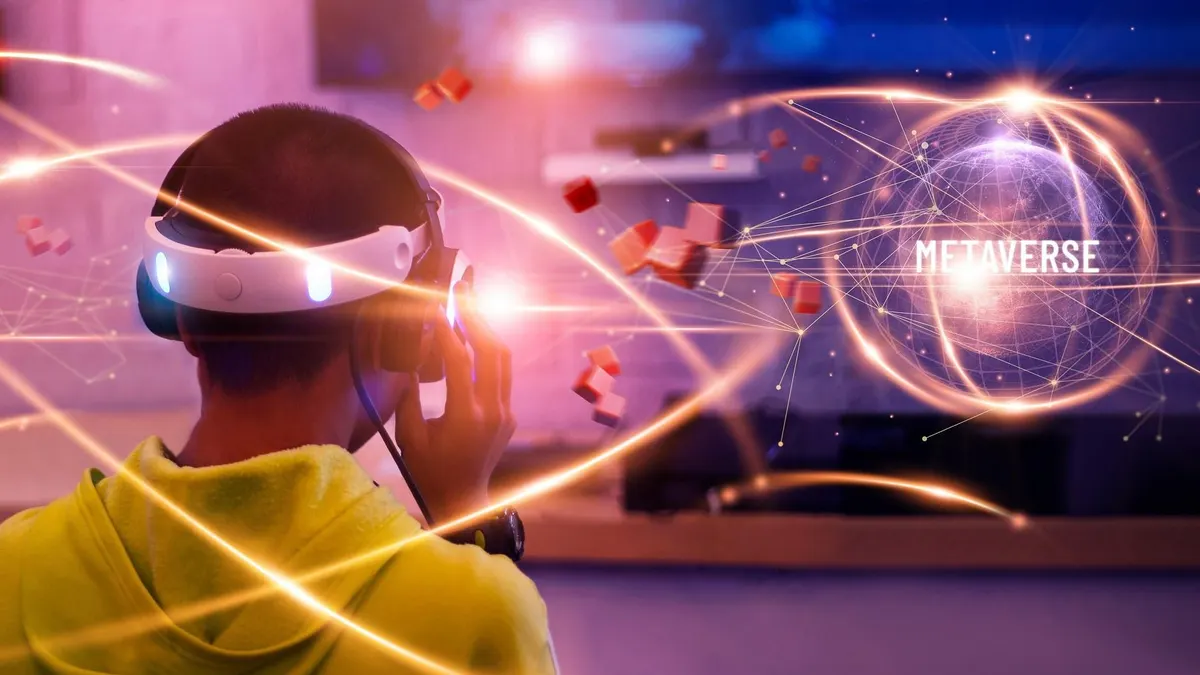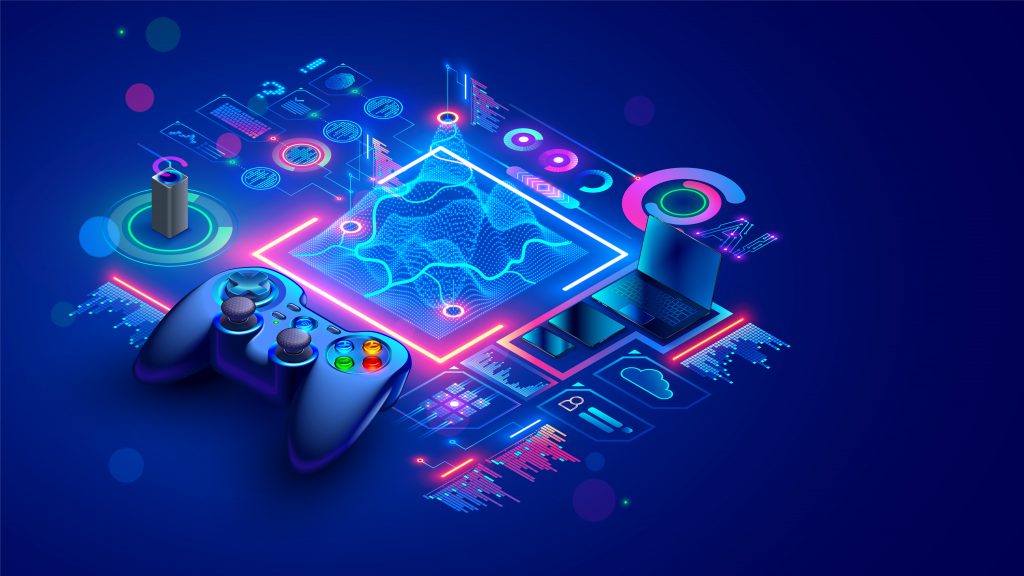Nubia, a prominent gaming smartphone manufacturer, has recently made waves in China with the launch of their groundbreaking RedMagic 8S Pro series. This highly anticipated release showcases two remarkable devices, namely the RedMagic 8S Pro and the RedMagic 8S Pro+, both engineered to provide an unparalleled gaming experience. While these smartphones share similarities in storage, battery, and processor, they differentiate themselves in terms of specifications, pushing the boundaries of mobile gaming technology.

Displaying a vibrant 6.8-inch FHD+ OLED screen with a resolution of 2480 x 1116 pixels, both the RedMagic 8S Pro and RedMagic 8S Pro+ captivate users with their stunning visuals. The displays boast a 120Hz refresh rate, a remarkable 960Hz touch sampling rate, and a 10-bit color depth, delivering smooth and immersive gaming sessions.
Under the hood, the RedMagic 8S Pro+ takes performance to new heights with its octa-core Snapdragon 8 Gen 2 chipset, clocked at an impressive 3.36GHz. This cutting-edge 4nm fabrication chipset is accompanied by the Adreno 740 GPU, ensuring stunning graphics rendering. Meanwhile, the RedMagic 8S Pro houses the Snapdragon 8 Gen 2 chipset, clocked at 3.2GHz, offering remarkable processing power.
Notably, the flagship variant of the RedMagic 8S Pro+ boasts an astounding 24GB of RAM and a whopping 1TB of UFS 4.0 storage, granting users unprecedented speed and storage capacity.
When it comes to capturing memories and moments, both phones excel with their triple rear camera setup. Consisting of a high-resolution 50MP Samsung GN5 sensor with a wide 1/1.57 aperture, an 8MP 120-degree ultra-wide-angle lens, and a 2MP macro Omnivision OV16A1Q sensor, users can expect exceptional photography and videography capabilities. Additionally, a 16MP front camera is integrated for stunning selfies and seamless video calls.
To ensure extended gaming sessions, the RedMagic 8S Pro features a robust 6000mAh battery, complemented by 80W fast charging technology. Meanwhile, the RedMagic 8S Pro+ houses a slightly smaller 5000mAh battery but compensates with a staggering 165W fast charging support, allowing for rapid recharging and reduced downtime.
In terms of connectivity, both phones offer dual SIM support for G NSA/SA networks, dual 4G VoLTE, WiFi 6E 802.11 ax across 2.4GHz, 5GHz, and 6GHz bands, Bluetooth 5.3, GPS (L1/L5)+ GLONASS, USB Type-C ports, and NFC capabilities. Additional features include a 3.5mm audio jack, stereo speakers, dual smart PA, and three microphones, enhancing the overall audio experience.
Running on the Android 13 operating system with the RedMagic OS 8.0 interface, these devices offer a seamless and intuitive user experience, combining the power of the latest Android updates with Nubia’s customized gaming optimizations.
As for pricing, the RedMagic 8S Pro lineup offers options to cater to various budgets and preferences. The 8GB RAM + 128GB storage variant is priced at BDT 45,400, providing an affordable entry point for gamers seeking high-performance devices. Meanwhile, the flagship RedMagic 8S Pro+ with its impressive 16GB RAM and 256GB storage commands a price of RMB 5,499, equivalent to approximately BDT 62,500, for those seeking the pinnacle of gaming performance.


